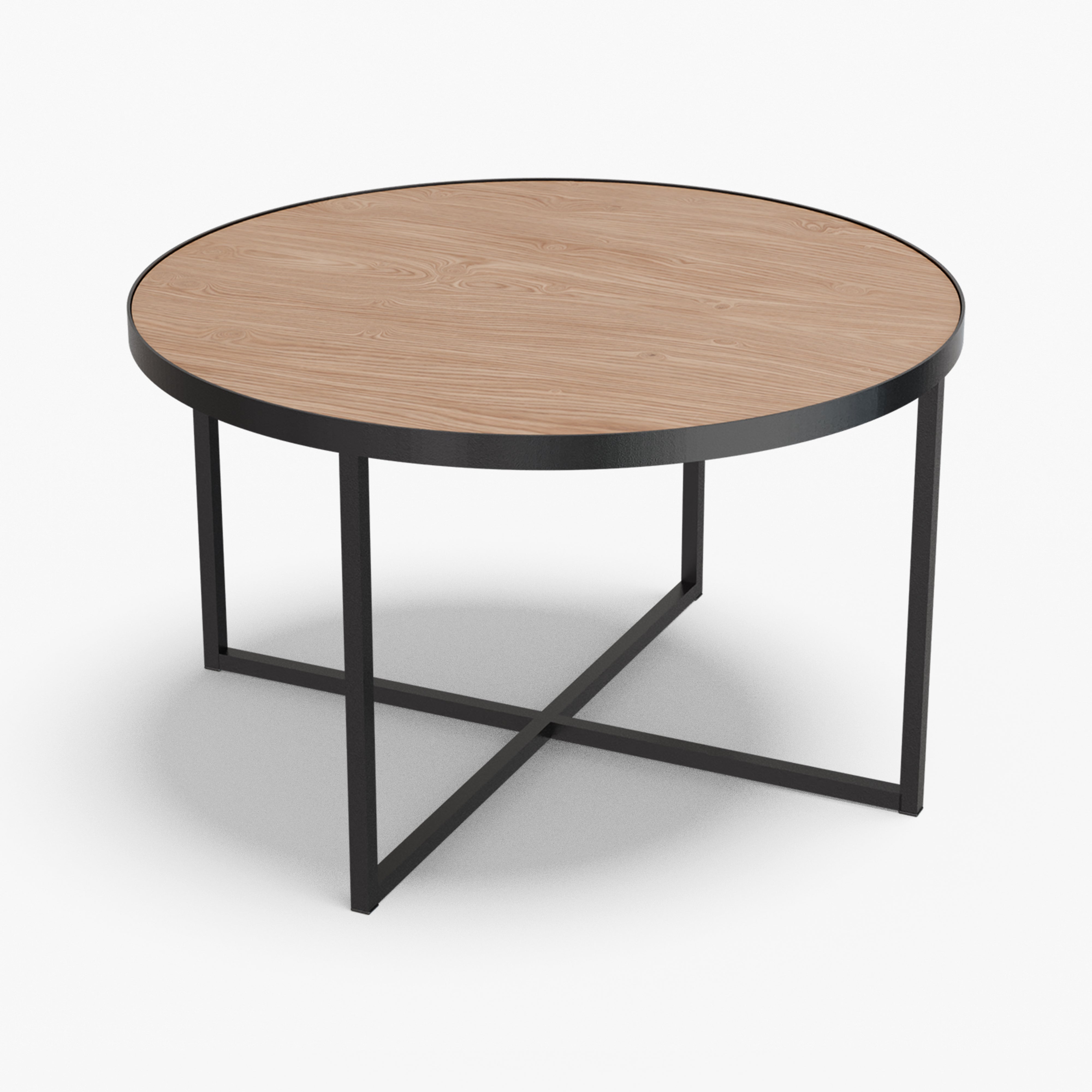Marble looks calm and luxurious, which is why so many living rooms center on it. It is also a soft, porous stone that drinks up liquids and reacts to acids, so a little care goes a long way. Once you understand what leaves a mark and what does not, living with a marble coffee table becomes easy rather than anxious.
Most marks fall into two families. Stains add color because a liquid or oil seeps into the pores. Coffee, tea, red wine, turmeric, ink, and olive oil are usual suspects. Etches are different. They are dull spots or rings where an acid dissolved a whisper of the surface. Lemon juice, cola, vinegar, and some household cleaners can cause them. A stain changes the tint. An etch changes the sheen. You treat them in different ways.
Daily life with marble is simple. Blot spills right away instead of wiping them outward. Use coasters for any drink and a tray for bottles or sauces so drips gather on something you can lift and rinse. Clean with a neutral pH stone cleaner or a small squeeze of mild dish soap in warm water, then rinse and dry so no moisture lingers. Give vases, bowls, and lamps soft feet or felt pads so the bases cannot scratch. Marble tolerates a warm mug but not direct heat from a pot or cast iron, so trivets are your friend.
When a stain appears, match the remedy to the source. Oils from hands, salad dressings, or cosmetics often leave a dark patch that looks wet. A simple poultice helps. Mix baking soda with water to a peanut butter texture, spread it about a centimeter thick over the spot, cover it with plastic, and tape the edges so it stays moist. After a day or two, lift it, wipe the area, and repeat if the mark lingers. Organic stains from coffee, tea, wine, or fruit can fade with a similar poultice made from hydrogen peroxide at a modest strength mixed with talc or baking soda. Always test a tiny hidden area first. Rust from a wet metal tray shows up as a sharp orange brown patch. A remover made for marble can lift it without harsh household acids. Ink or dye from pens and candles needs a gentle approach. On light marble, a little hydrogen peroxide on a soft cloth can help. On darker stone, a touch of acetone used carefully in a ventilated room can lift color.
Etches are not stains. They are shallow changes in gloss. Start by cleaning the area. Very light etches often respond to marble polishing powder worked with a damp cloth in small circles, followed by a clean and dry finish. If the etch is wide or deep, a stone professional can hone and repolish the surface so it returns to an even glow.
The finish you choose shapes how easy life feels. A honed surface has a soft matte look that disguises small etches and tiny scratches from everyday use. It may look less reflective than a high gloss top and it still needs basic care with spills, but in busy living rooms it usually looks calmer for longer. A polished surface is show stopping and silky to the touch. It rewards careful habits with coasters and trays, yet it also shows any new etch as a matte ring against the shine. If you love the mirror effect and you are diligent about daily rituals, polished marble can stay brilliant. If you prefer a forgiving surface that shrugs off small marks, honed marble is often the better everyday choice.
Most problems come from the same few mistakes, and they are easy to avoid. Strong kitchen and bathroom sprays often contain acids that dull the surface, so neutral cleaners are safer. Trapped moisture under a planter or a coaster can create a dark shadow, so lift, dry, and rotate your accents from time to time. Rubbing a spill outward can spread pigment, so blot first and then clean.
Living with marble is about rhythm, not perfection. Blot quickly, clean gently, protect the surface with coasters and trays, and treat the rare stain or etch with the right method. Do that, and your marble coffee table will age with character and grace while the room around it keeps its quiet, elegant pulse.























